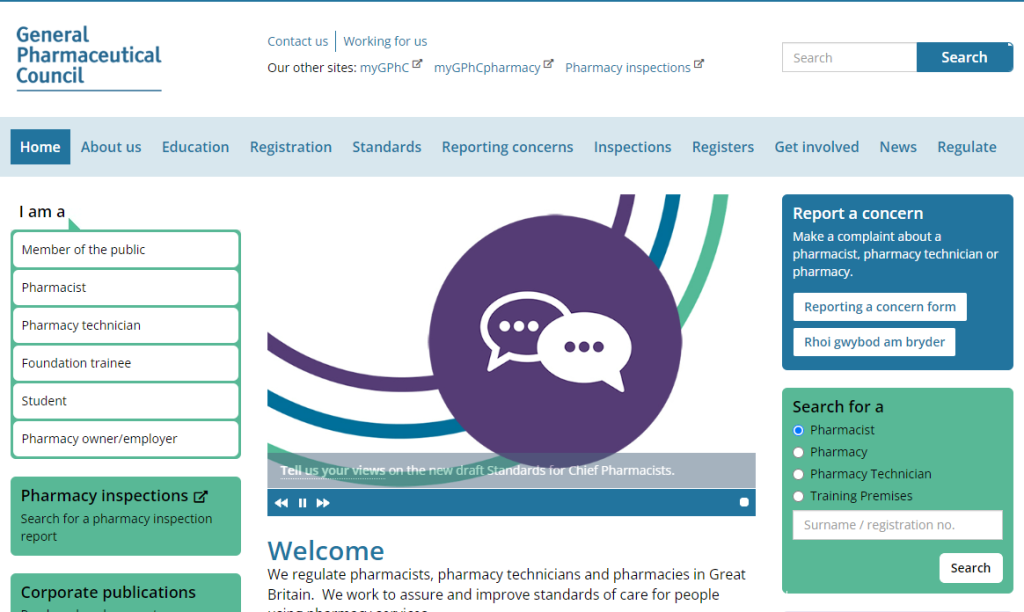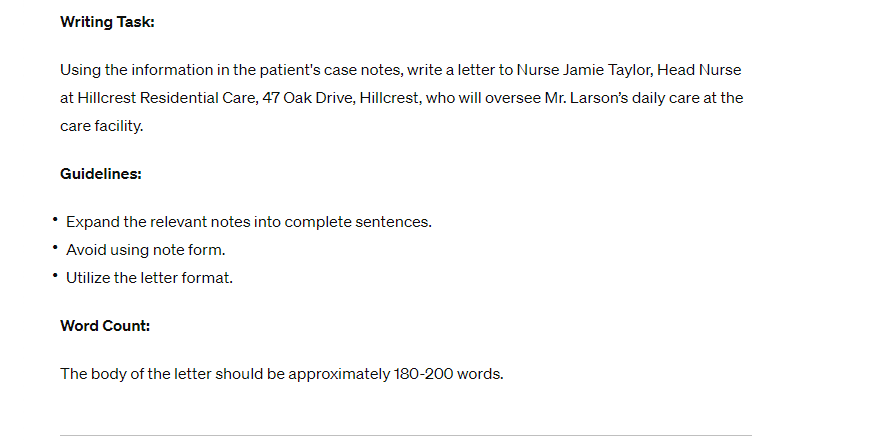In OET letter writing, the manner in which patients are addressed is not just a formality; it’s a cornerstone of professionalism and respect. This guide goes beyond mere etiquette, delving into the intricate details of patient addressing within an OET letter to ensure strict adherence to professional standards and ethical considerations.
Patient’s Age and Name:
The age of the patient serves as a pivotal factor dictating the appropriate manner of address within the OET letter. Understanding the distinction between adults (aged 17 and above) and children (aged 16 and below) is imperative when crafting various sections of the letter, reflecting a nuanced approach to communication.
Titles:
A thorough grasp of the appropriate titles to accompany the patient’s name is essential for effective communication in OET letters. Healthcare professionals must acquaint themselves with the nuanced usage of titles such as Mr., Mrs., and Ms., taking into account the patient’s gender and marital status to ensure accurate and respectful addressing.
Reference Line:
Accuracy is paramount when presenting the patient’s name in the reference line. Depending on age and gender, meticulous attention must be paid to ensure the patient’s name is correctly represented, with or without a title, thus setting the tone for professional correspondence.
Introduction:
The introduction paragraph serves as the initial point of contact, where the patient’s full name is prominently featured alongside the appropriate title for adults or without a title for children. Employing gender pronouns judiciously enhances clarity and professionalism, laying a strong foundation for effective communication.
Body Paragraphs:
Subsequent paragraphs necessitate a refined approach to addressing the patient, wherein their surname is used with the appropriate title for adults, or their first name without a title for children. Careful integration of gender pronouns ensures seamless readability and comprehension, fostering a patient-centric narrative.
Avoidance of Certain Terms:
Generic terms like “patient” or “client” lack the personalized touch required in professional correspondence. Opting for more tailored and respectful language strengthens the connection between healthcare professional and patient, promoting a sense of care and understanding.
Gender Pronouns:
Sensitivity is key when employing gender pronouns throughout the letter. Thoughtful consideration must be given to ensure their appropriate usage, reflecting a commitment to inclusivity and respect for the patient’s identity.
Assessment Criterion:
Addressing the patient correctly is not just a matter of courtesy; it directly impacts the assessment of ‘Genre and Style’ in OET letters. Misgendering errors can significantly detract from the overall score, emphasizing the need for meticulous proofreading and attention to detail.
By meticulously adhering to these comprehensive guidelines, healthcare professionals can navigate the intricacies of patient addressing in OET letters with confidence and professionalism, ultimately fostering effective communication and delivering patient-centered care of the highest standard. Stay updated with the latest OET Test dates for 2024 to plan your preparation accordingly.









Leave a Reply